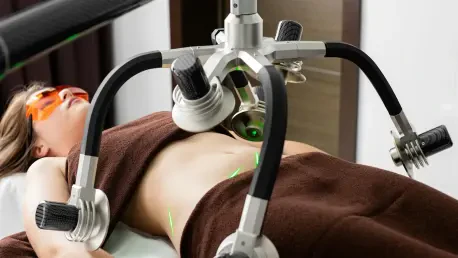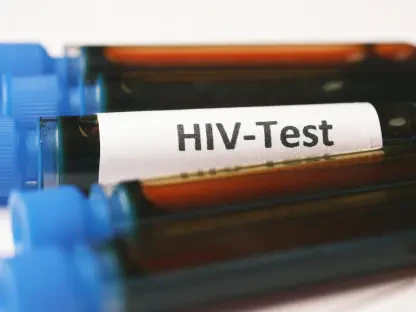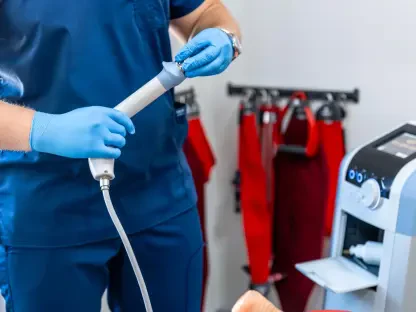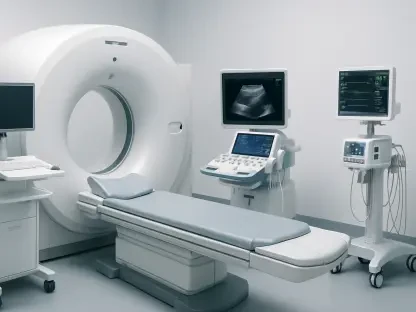In high-pressure medical emergencies, healthcare professionals rely heavily on specific devices to manage critical conditions effectively. Imagine a scenario where an esophagogastric tube, fundamental for managing a patient’s severe bleeding, encounters a malfunctioning obstacle. How does the failure of such devices impact outcomes in pivotal medical situations?
The Gravity of Medical Device Safety
Esophagogastric tubes are indispensable tools in healthcare, primarily used to manage bleeding in emergency scenarios. These tubes assist in controlling blood flow from the esophagus and stomach, providing crucial support in life-threatening situations. The recent recall issued by BD, a leading medical device company, highlights the broader implications of safety and regulation in medical devices. Faulty devices not only risk patient outcomes but also emphasize the undeniable importance of strict safety measures in their use and design.
Breaking Down the Recall
BD initiated a recall of its esophagogastric balloon tamponade tubes following reports of injuries and a fatality associated with the devices. This Class I recall, the most severe classification, indicates potentially grave health consequences associated with the product. Issues were identified in device preparation, which have significant effects on patient care, delaying diagnosis or treatment and risking extended low blood pressure. These complications underscore the risks that healthcare providers face when working with equipment that fails to function as intended.
Expert Opinions and Response
Expert voices in healthcare and regulatory bodies stress the critical nature of maintaining rigorous standards in medical devices. Feedback from medical professionals who encountered problems with the device preparation phase highlights real-world challenges. BD responded to these safety concerns by revising instructions and incorporating detailed guidelines aimed at mitigating risks. Their proactive approach in updating procedures is a strategic move to enhance patient safety.
Strategies to Safeguard Patient Care
For healthcare professionals, handling affected devices requires decisive action and adherence to updated procedures by BD. These revised instructions involve specific methods, such as using a hemostat for plug removal, to ensure smooth device operation. Best practices in medical settings, including compliance with up-to-date instructions, play a central role in safeguarding patient well-being and minimizing risks associated with medical devices.
Lessons Learned and Future Actions
The recall of BD’s esophagogastric tubes served as a stark reminder of the critical need for thorough regulatory oversight and meticulous adherence to safety protocols. Medical institutions were prompted to regularly audit and update device usage procedures to prevent similar occurrences in the future. As technology in healthcare evolves, so too must the frameworks ensuring its safety and effectiveness. Sustained diligence and adaptation in medical device usage and design could mitigate risks, paving the way for safer, more reliable patient care practices.









